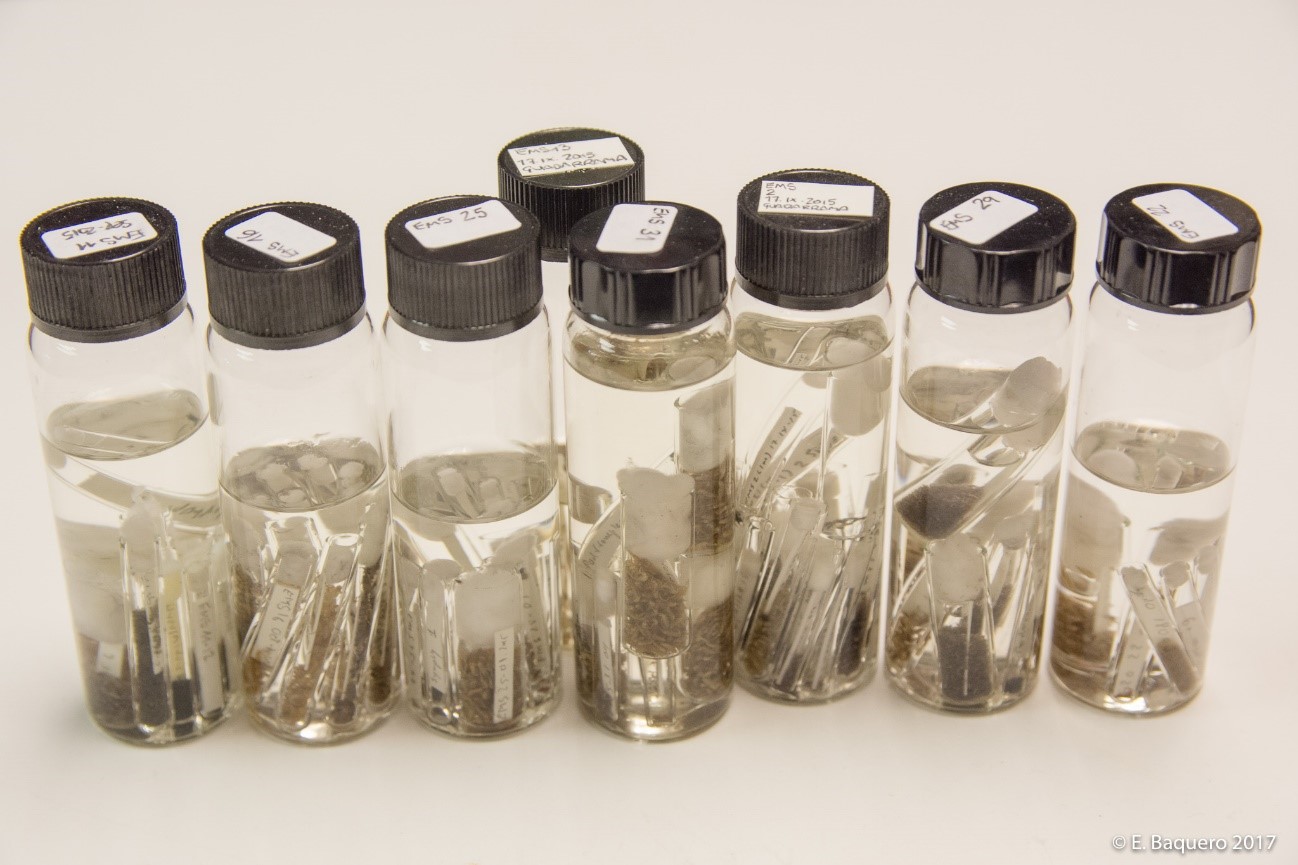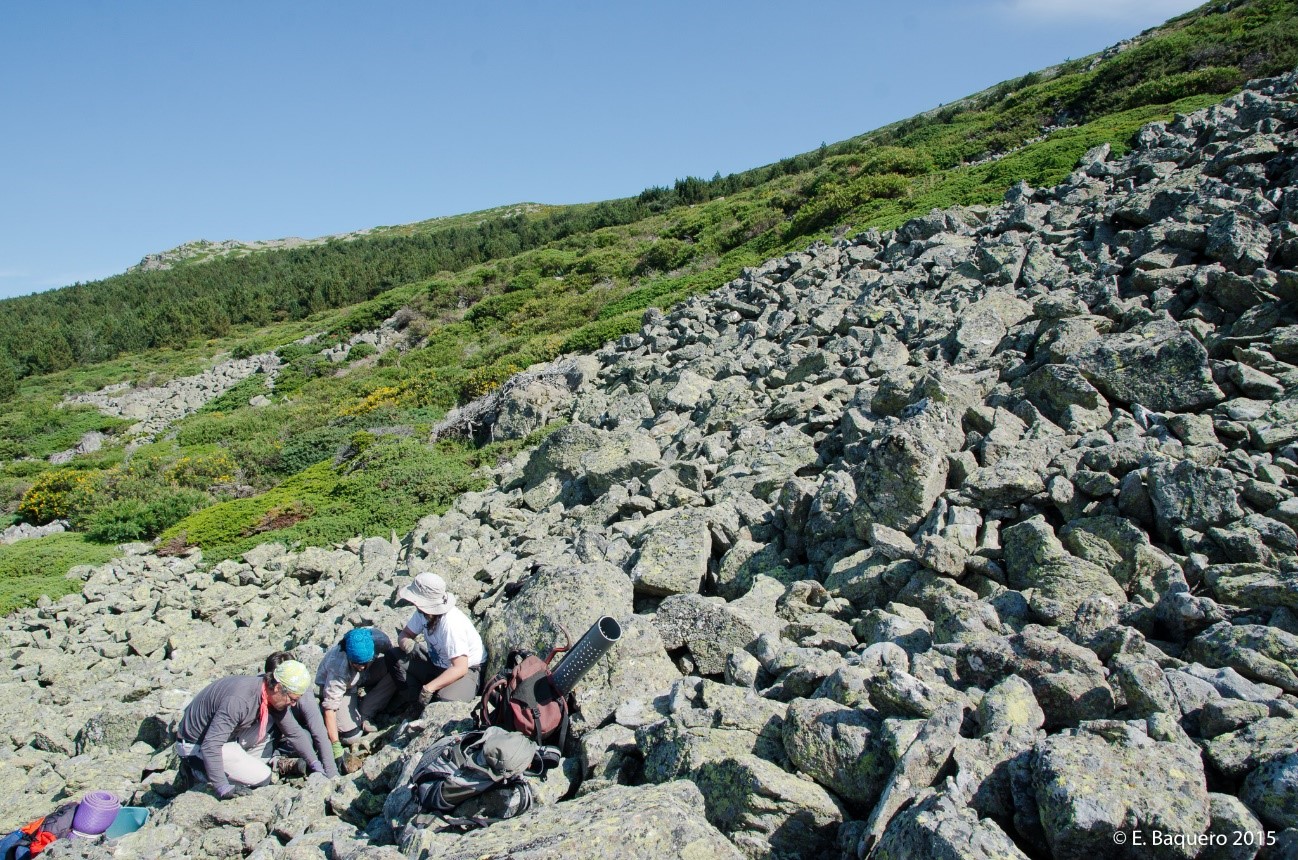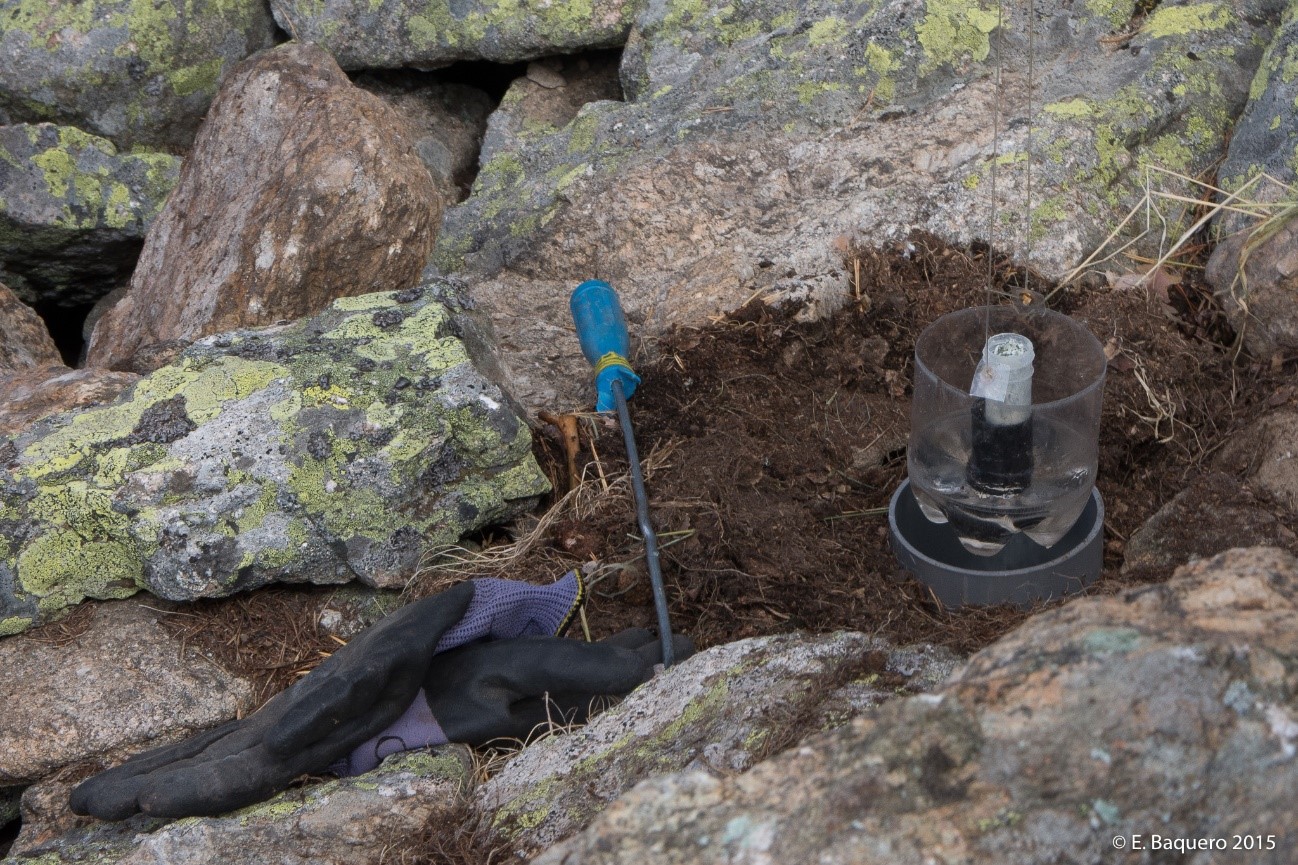 Subway fauna
Subway fauna
The subterranean environment is home to a wide variety of invertebrate fauna that is more protected from the impacts of human activities and climate change.
The Surficial Subsurface Environment (SSM) is the subterranean habitat formed by the set of interstices remaining in colluvial and alluvial deposits, in the fragmentation horizon of the bedrock, or between volcanic scoriae. Its ecological and evolutionary relevance lies both in being the preferred habitat for a large number of invertebrate fauna, including relict and endemic species, many of them troglobites (living in caves), and in being the possible evolutionary origin of the latter from ground-dwelling species (epiedaphic).

Typically, the MSS experiences more dampened minimum temperatures than outdoors and very high relative humidity; given its physical characteristics, the MSS plays an important role as a climatic refuge and can act as a biogeographic corridor, with important conservation implications. This is especially true in the case of mountain screes or colluviums, an ecosystem that possesses very special microclimatic conditions, which promote the presence of a rich and specialized arthropod fauna. It is an ecosystem subject that usually suffers little human impact and that both in Spain and in other parts of Europe sustains habitats declared of Community Interest (Directive 92/43/EEC of May 21, 1992).

The majority of the existing knowledge on the macroinvertebrate fauna of the piedreras comes from temperate regions and from programs of study focused on certain taxonomic groups, while the colluvions in the Mediterranean region have been ignored for a long time. In this project we aim to characterize the subterranean fauna inhabiting the high altitude colluviums present in the Sierra de Guadarrama National Park. A series of sampling localities will be chosen and a subway sampling station will be installed in each of them, traps that are designed to collect specimens moving between 25 and 100 meters depth. The traps will be left in place for one year, after which the collected specimens will be separated, preserved in alcohol (70%) and labeled for identification. The objectives are to obtain macroinvertebrate inventories as complete as possible; to describe the new species for science that will most likely appear; to characterize the ecological roles of the different species; to elaborate an atlas of the macroinvertebrate fauna inhabiting the MSS of the Guadarrama National Park; and to study the environmental factors that determine the presence of the species, the richness patterns and the composition of the communities.

Once phase I of project (study of the samples from the first six months of the traps) has been completed, the rest of the samples (from six months to 12 months, and those obtained with an interval of only 30 days in a selection of points) will be studied. This will be useful to know the phenology of the species and communities, and to compare traps with each other (location, altitude).

At the end of this phase, traps will be placed in other parts of the Iberian Peninsula with the intention of finding out the affinities of the fauna between different and distant mountainous regions.
Partners of project:
- University of Alcalá (IP)
- University of Navarra
- University of Granada
- University of Almeria
- Complutense University of Madrid
- University of Valencia
Funding from project:
Ministry of Agriculture, Food and Environment. Autonomous Organism of National Parks, SPIP2014-01143.
